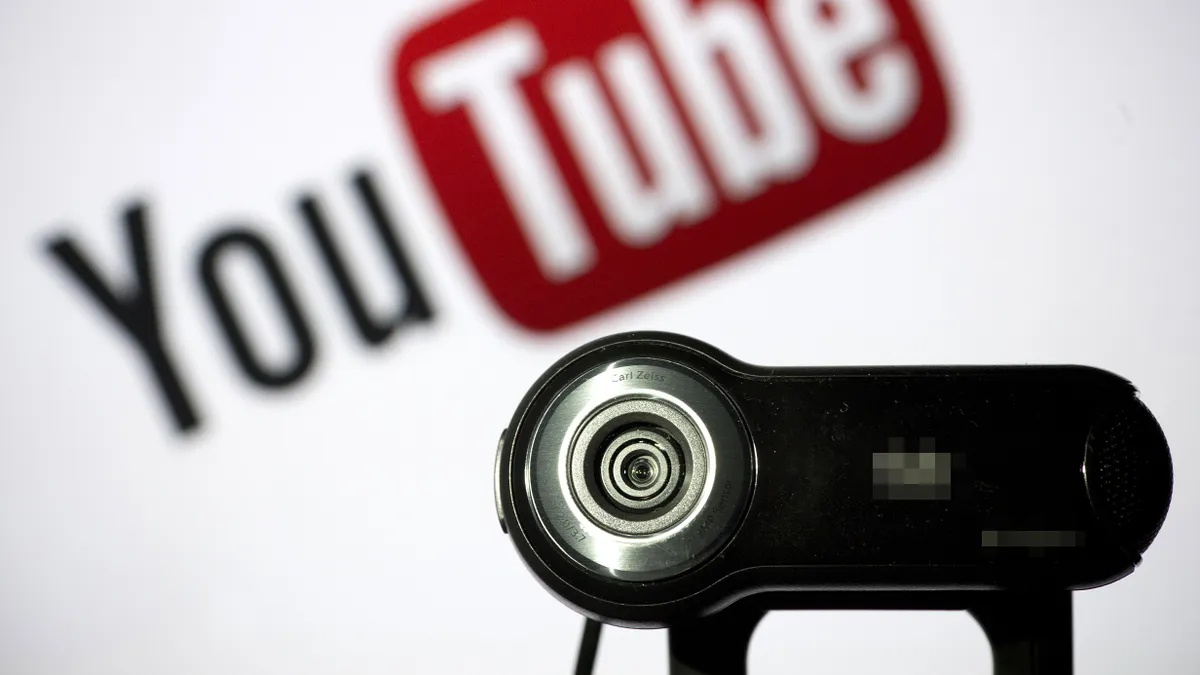Dive Brief:
- YouTube is facing another brand safety issue after U.K. publisher The Times ran a report claiming that ads for brands including BT, Adidas, Deutsche Bank, eBay, Amazon, Mars, Diageo and Talktalk were appearing next to video content featuring scantily-clad children and comments from pedophiles.
- Brands such as Mars, Adidas and Lidl have stopped advertising spending on the Google video platform following these revelations, per The Drum.
- While the video content was called “inappropriate” and “exploitive” in The Times report, it is legal and had been mostly posted by the children, according to The Drum. At issue is how the content can be easily exploited by pedophile networks that make predatory comments about the videos.
Dive Insight:
YouTube's first brand safety controversy arose earlier this year after it was revealed that ads were appearing next to offensive content, such as videos supporting terrorism. That controversy, which also saw brands suspend spending on YouTube for a period of time, opened a discussion on responsibility in digital advertising that is ongoing today.
While Google, which owns YouTube, and Facebook have taken steps to help brands control where their ads appear, this latest incident as well as issues around fake news that popped up in the aftermath of the recent mass shooting in Las Vegas underscore the challenges digital platforms face in balancing the need for brand safety with not wanting to endorse censorship as their influence in people's daily lives grows.
This latest brand boycott on YouTube videos seems to be driven by brand safety concerns over comments left on otherwise innocent video content. If this becomes a more widespread boycott a la the brand safety issue from this spring, it could have widespread implications.
It is difficult for websites to control what is posted in open comment sections at scale and at a reasonable cost. If brands become wary of advertising on sites with comments they deem unacceptable, it’s possible that premium publishers will shut down comment sections to preserve ad dollars. However, this would have to be balanced against the possibility of losing site traffic generated by interaction in the comments.














